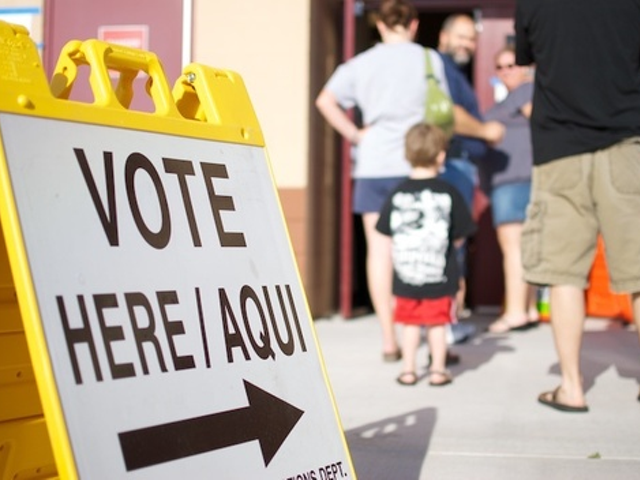
School districts in Ohio are entering uncharted territory as they prepare for the start of a new school year. Elected leaders are hearing calls to provide adequate support to ensure that schools can meet the challenges of educating during a pandemic.
In June's state budget cuts, Ohio schools lost an estimated $300 million in funding.
Scott DiMauro, president of the Ohio Education Association, contended that a new round of federal coronavirus relief is needed, "and not with strings attached in a way that forces or bullies schools to open unsafely. All schools need that support. With the downturn in the economy, state revenues have taken a hit; local revenues have taken a hit."
DiMauro said some districts now face increased staffing costs, including the need for full-time nurses and additional paraprofessionals to assist with new safety protocols. Others, he said, don't have enough money to ensure students have the technology they need for learning at school and at home.
Gov. Mike DeWine announced on Tuesday that 38% of Ohio public schools are returning to class with a regular five-day schedule, 25% are starting with instruction that is fully remote, and 24% are beginning with a hybrid of both. DiMauro said districts are prepared to adjust as needed.
"The reality is, most students are probably going to have both remote and in-person learning at some point during the course of this year, depending on how the virus plays out," he said. "The good news is we've had a lot of time to do some planning for this school year. We're not being thrown into it without any advance planning."
Congressional leaders are at a standstill on the latest economic relief package to help states during the pandemic. Both Republicans and Democrats have introduced broad proposals that include funding for K-12 education.





